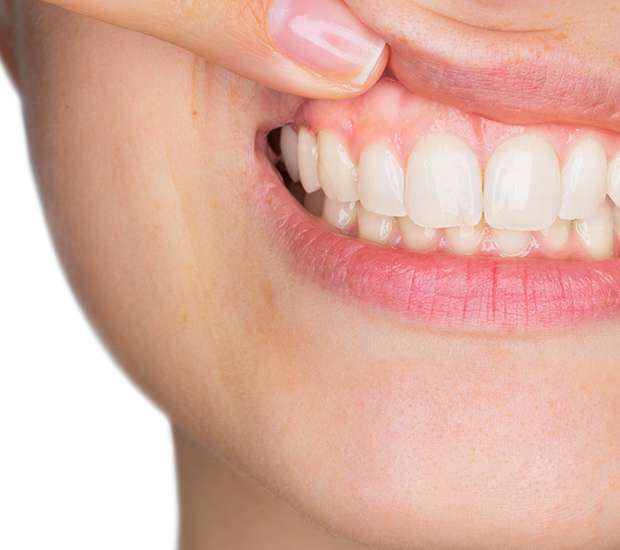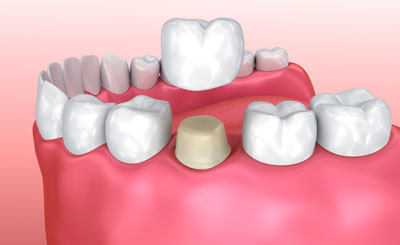
Gum Disease
Lafayette, CA
At Lafayette Dental Implant Center, we work diligently to prevent gum disease in our patients. Gum disease is a common condition and most adults will suffer from some form of gum disease during their lifetime. The challenge is that gum disease can lead to bone and tooth loss, making it incredibly important to both prevent and treat it. If you live in Lafayette or the surrounding area, we can examine you and let you know if you are showing any signs of the condition, along with making recommendations for how to prevent it. To schedule an appointment, call (510) 257-2284.




